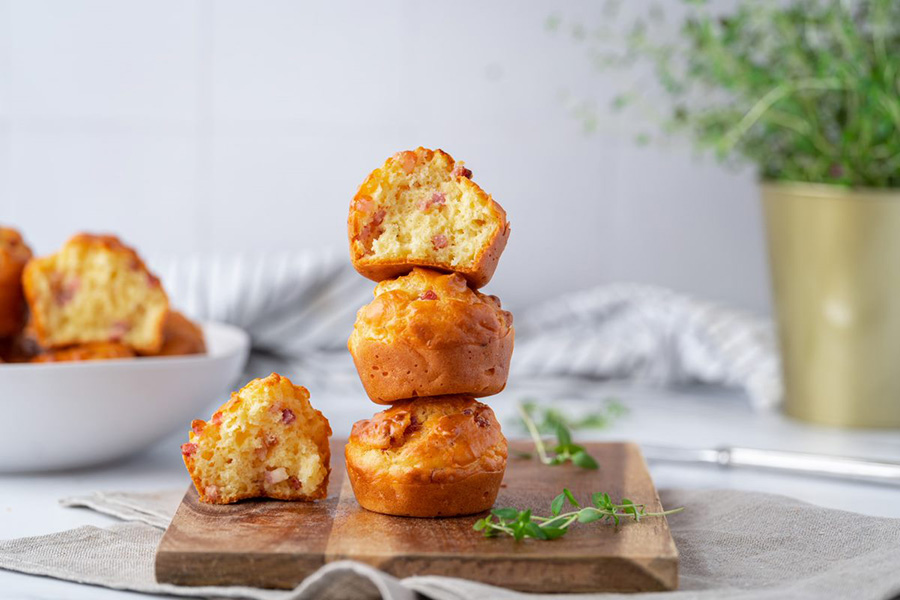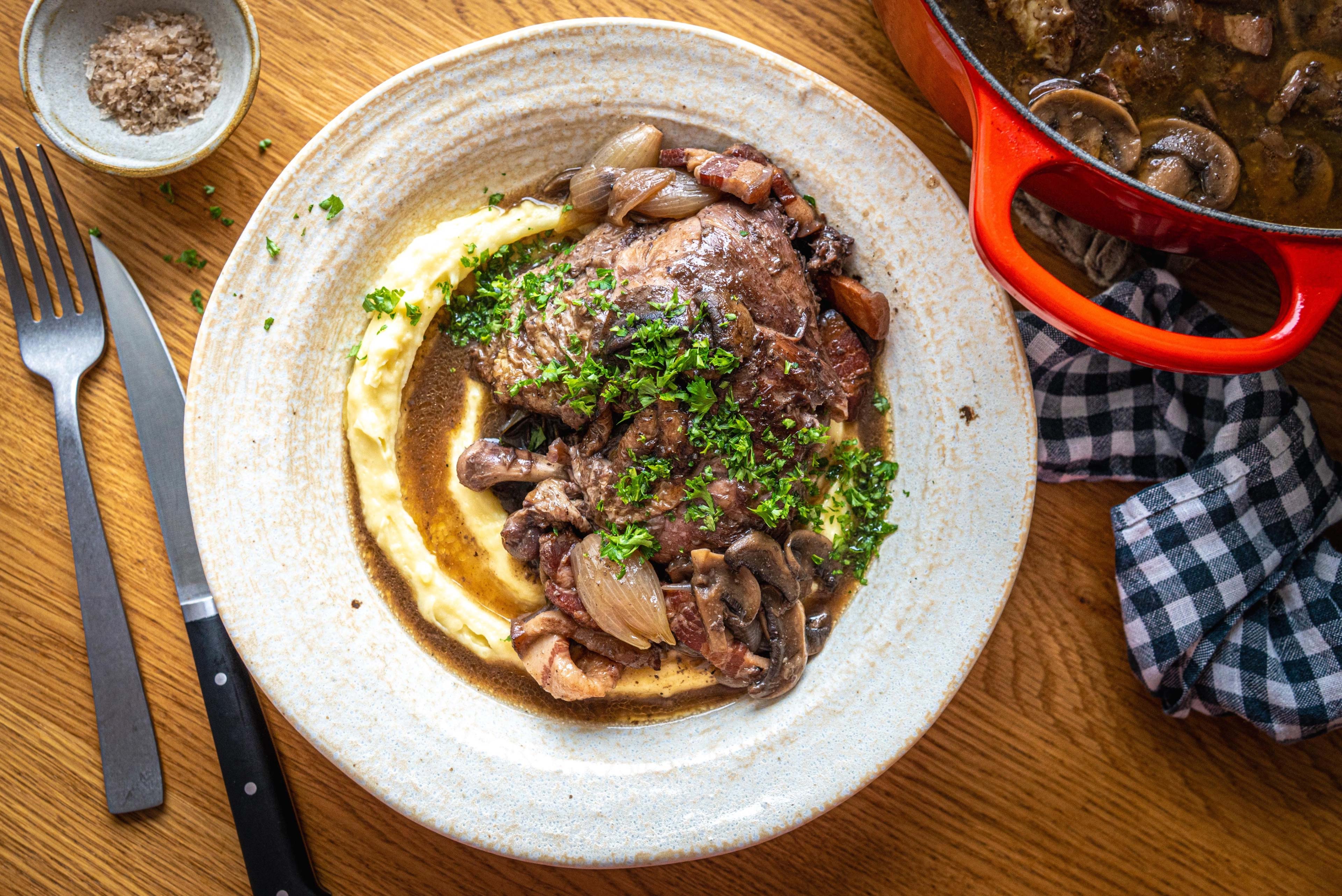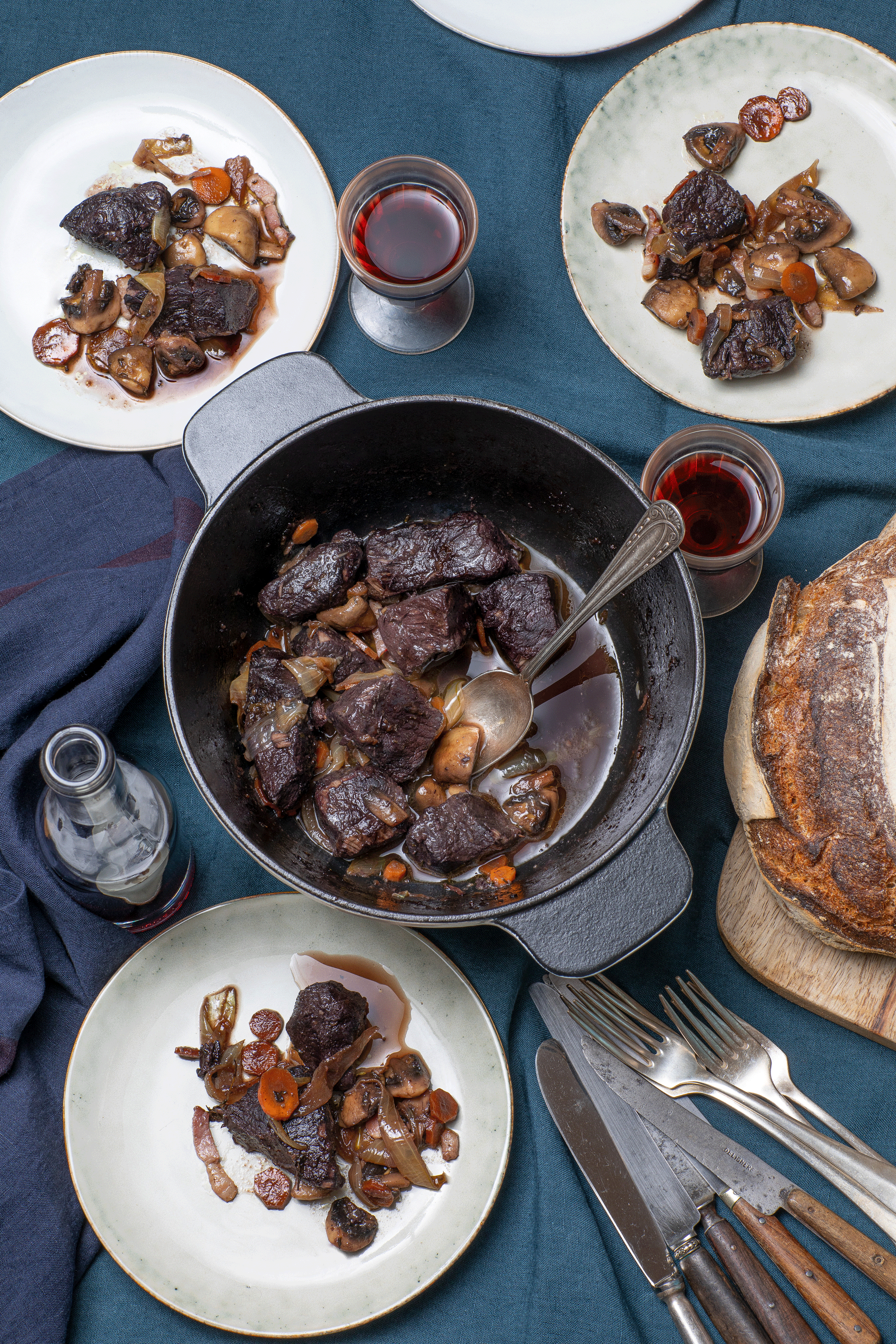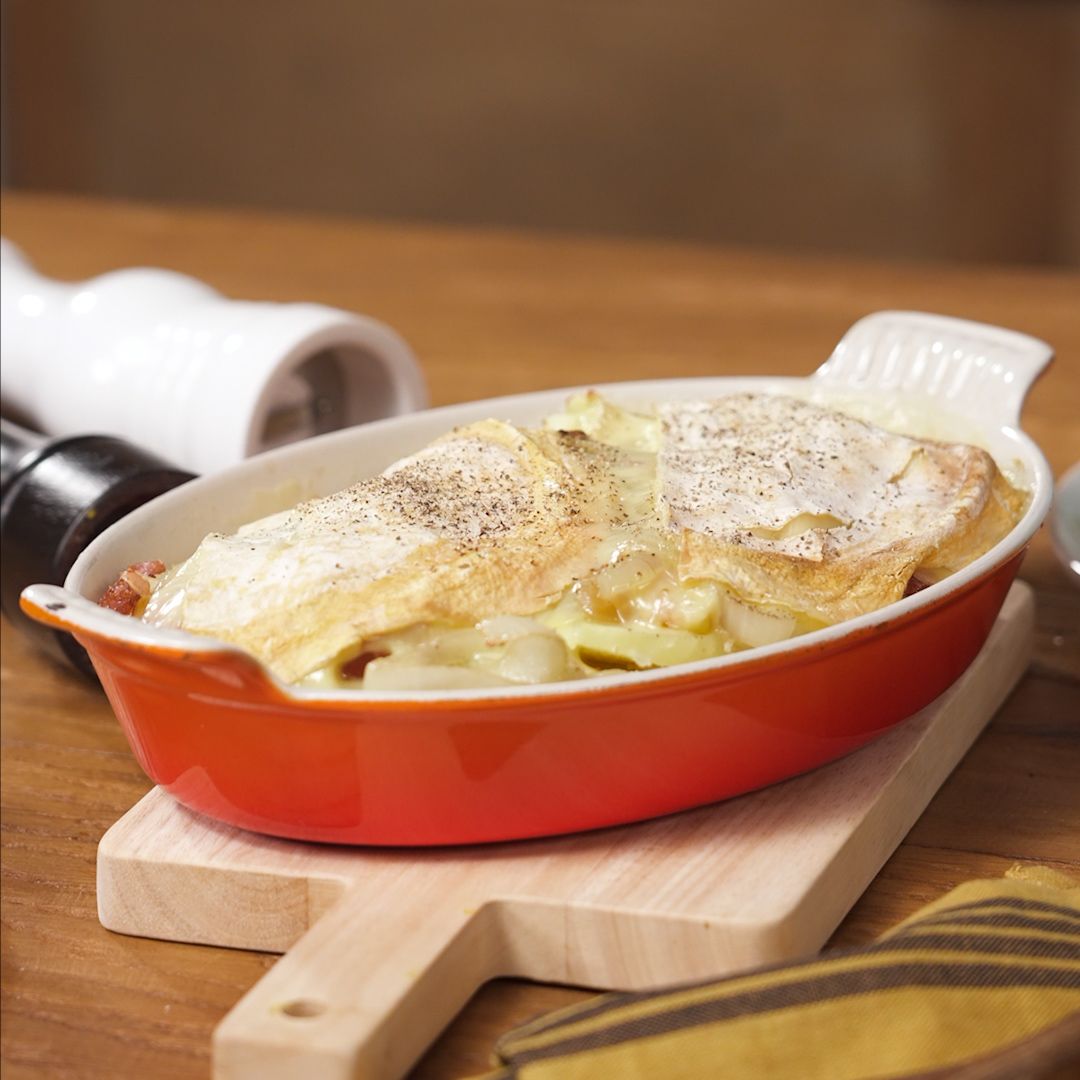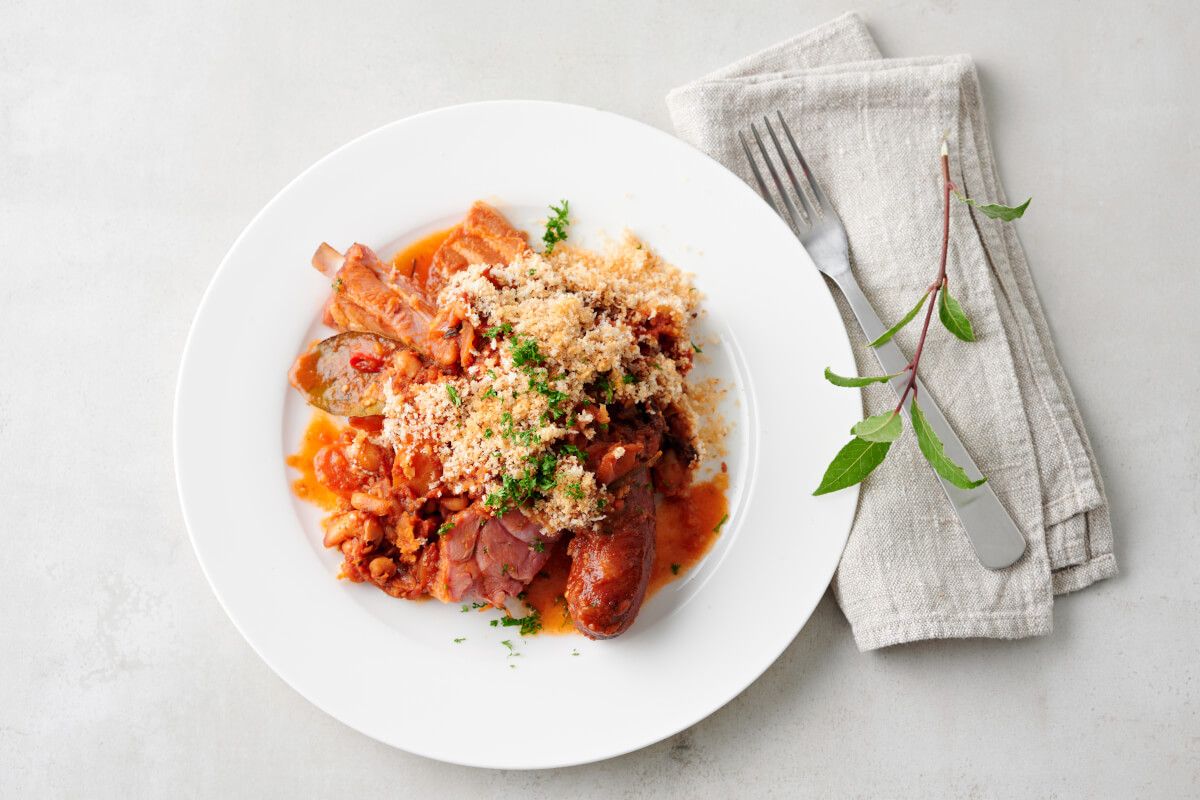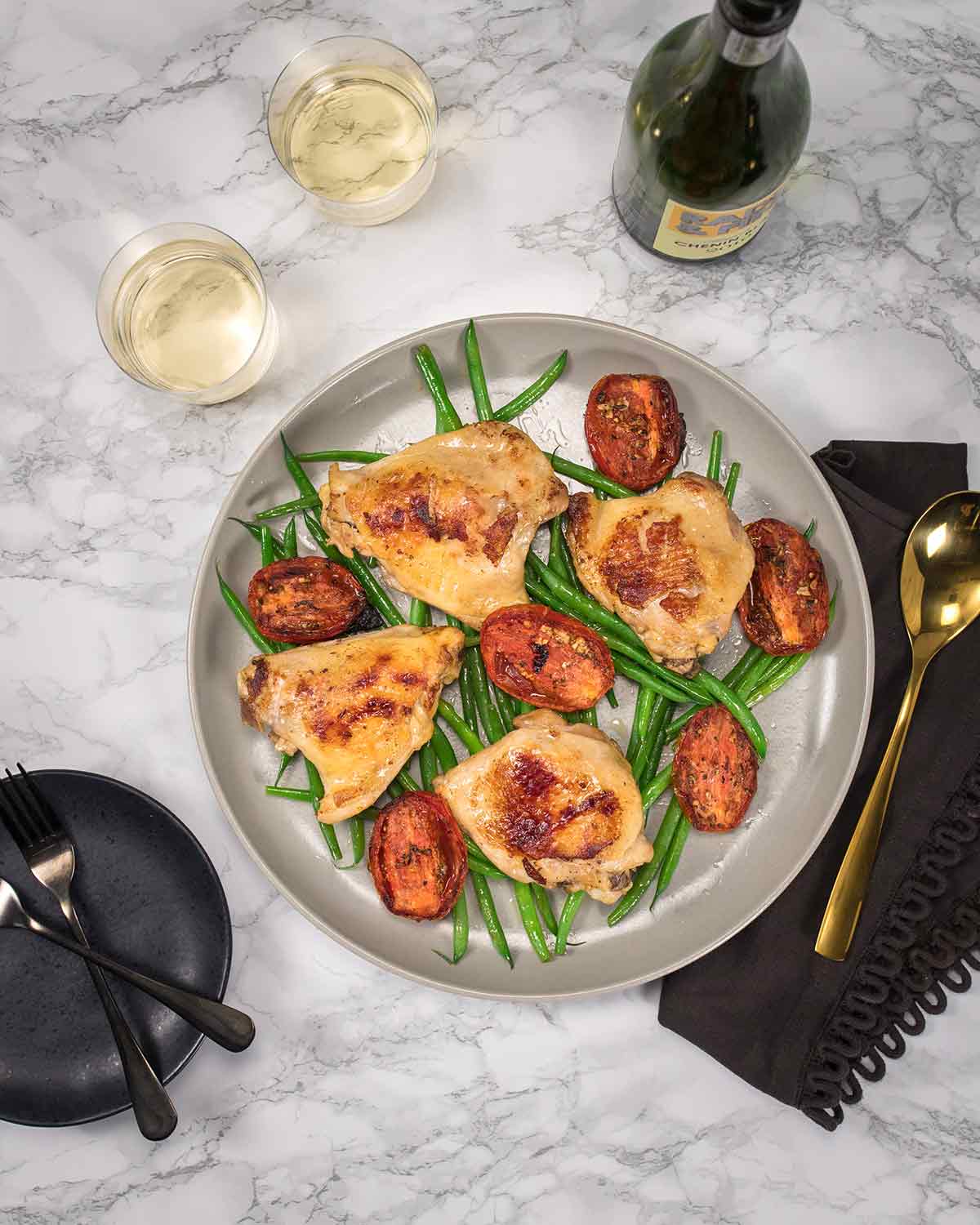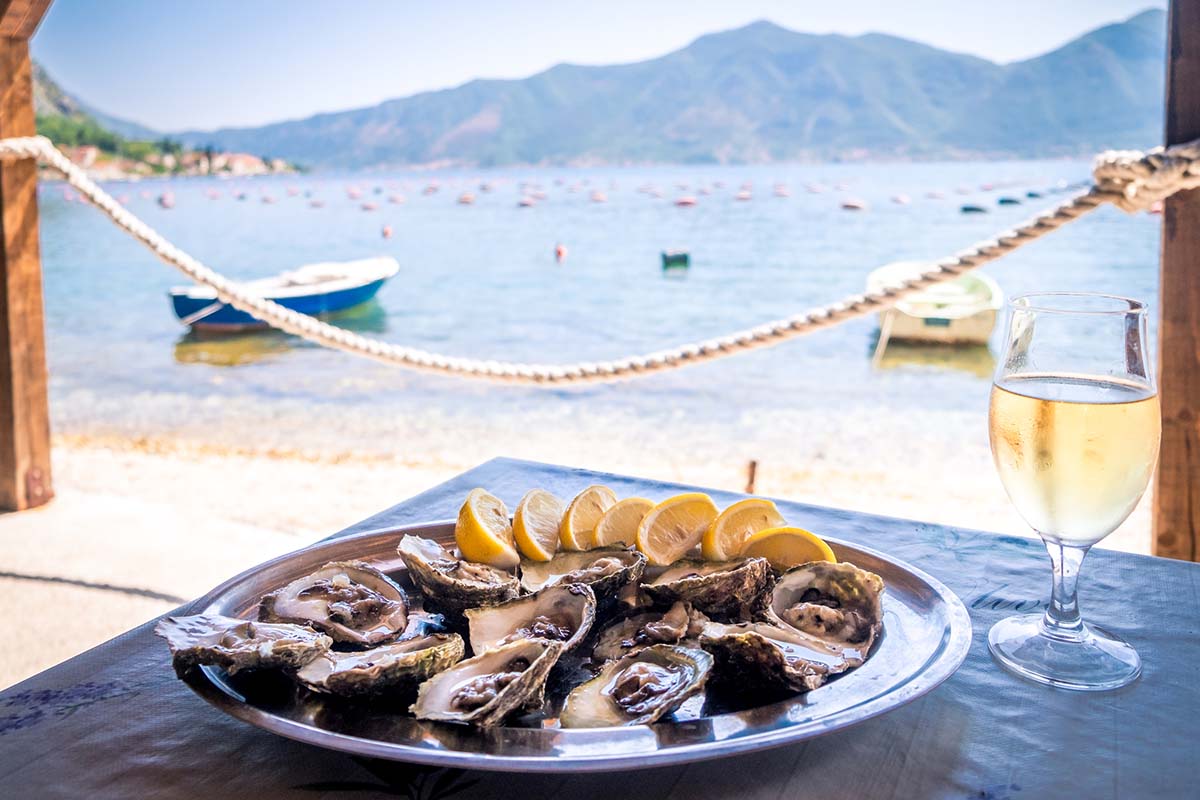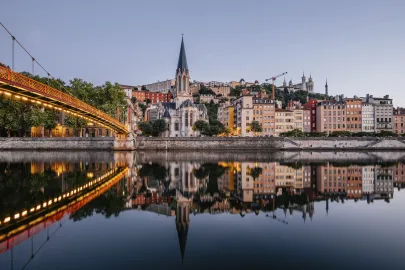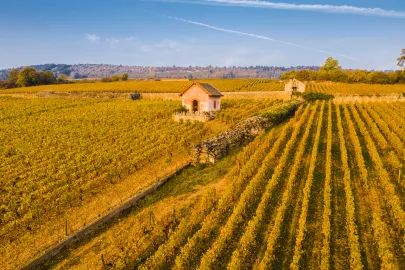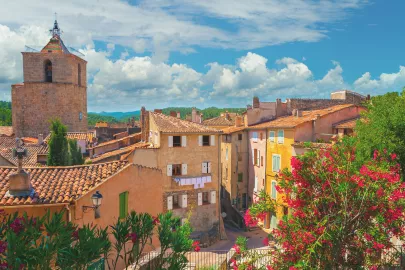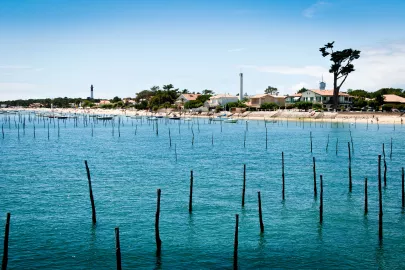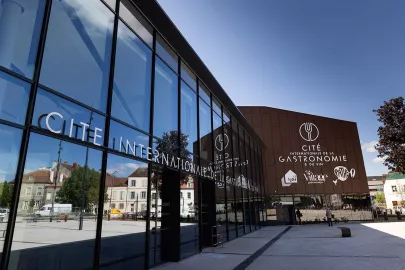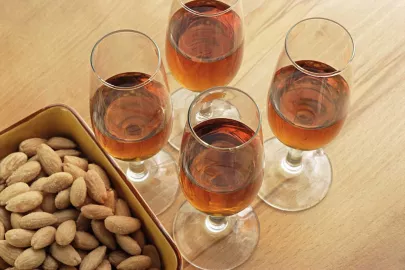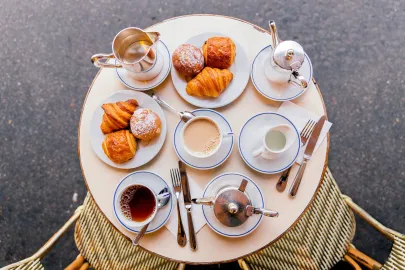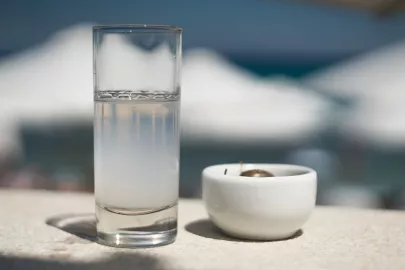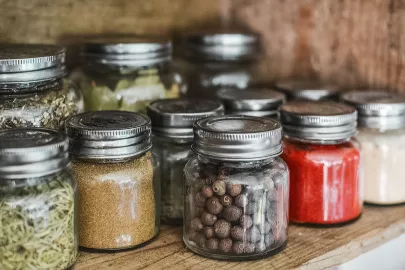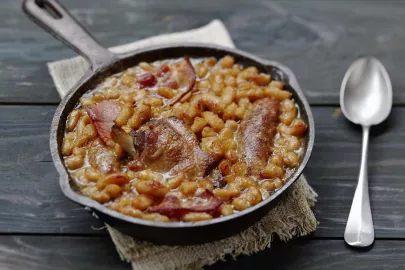Here, we’ve put together the best foods and recipes from every region of the Tour de France. Starting on July 1, 2022, cyclists will take over France on the annual Tour de France, making their way through 21 competition stages across the country, from Calais to the Alps to the Pyrenees and more.
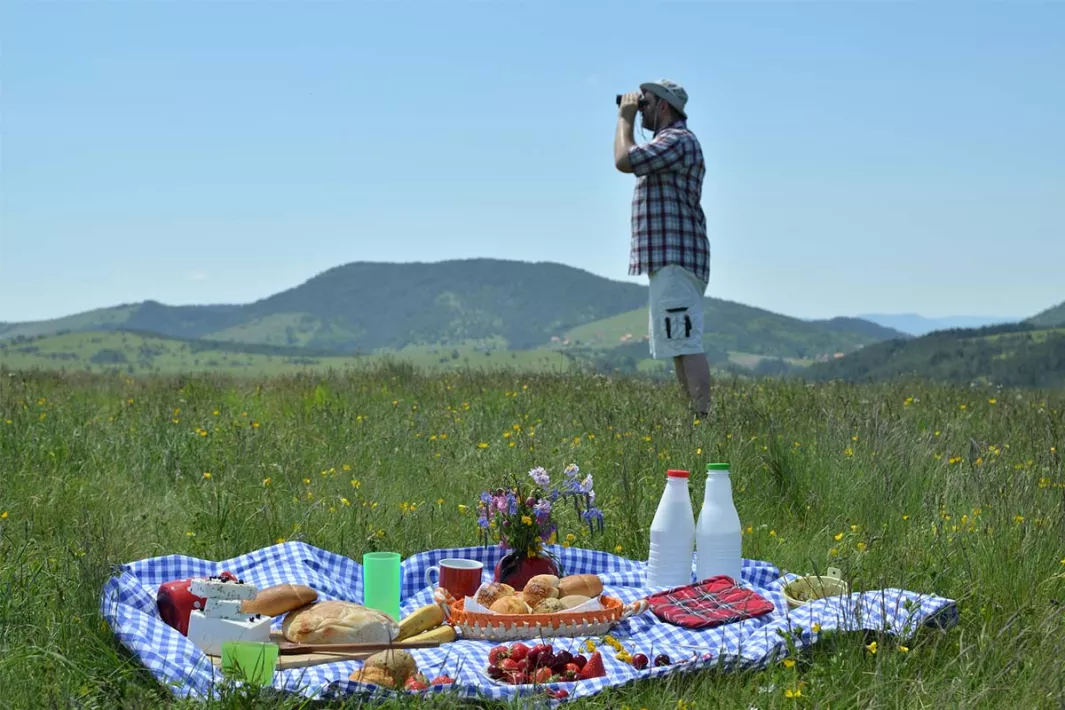
While the competitors race through vineyards and Medieval villages, you can follow along at home, taking your taste buds on an epic culinary Tour de France. Highlighting eight different regions in France, we’ve put together a roundup of the best foods and recipes from the places you’ll see as you watch the race. From the Alsace to the Occintanie these French food regions will take you on a gastronomic tour of the country.
Hauts de France
This year, the race starts in Denmark, making its way to France for stages four and five, which take place in Hauts de France, the northernmost region of France. Sharing a border with Belgium, food in this region has a Flemish influence. Stage five of the Tour begins in Lille, home to one of the most famous cheeses in France, Vieux Lille. Also called the “Lille Stinker”, Vieux Lille is known as one of the stinkiest cheeses in the world, giving off a pungent aroma that some say is similar to manure. But while the cheese is so stinky it’s allegedly been banned from public transport in the region, its flavor is rich and complex, with smoky and salty notes. The cow’s milk cheese has no rind and is soaked in brine for three months during the aging process, giving the cheese an umami flavor. For a strong cheese, you’ll want a strong drink to pair with it like the local Biere de Garde. Translated as “beer for keeping,” Biere de Garde is a traditional dark or amber beer that has Flemish influences, where beer is more popular at the dinner table than wine. The beers were brewed by farmers during the winter and stored until summer, giving the beverage time to develop a strong, bitter flavor.
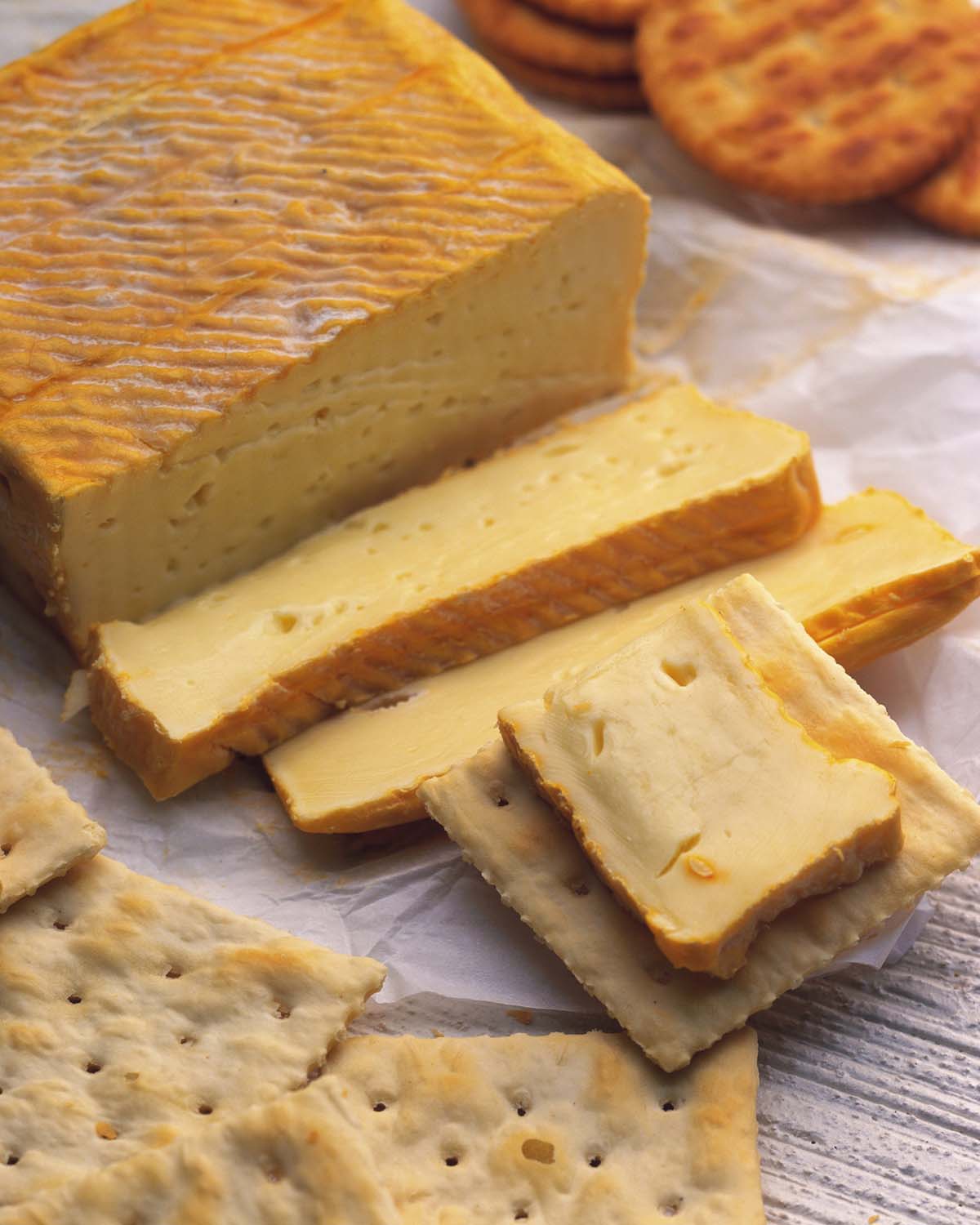
© ©DAJ
Grand-Est
Stages six and seven of the Tour de France will take riders and viewers through the Grand-Est region. The Grand-Est is home to Alsace-Lorraine, a winemaking region along the Rhine river that’s famous for its Riesling. To experience the flavors of the region, you can go with a delicious Quiche Lorraine, made with bacon and gruyere–or better yet, a super-simple Quiche Lorraine-inspired muffin. For a heartier and more complicated recipe, opt for Coq au Riesling, a flavorful chicken stew that’s similar to Coq au Vin, but made with white Riesling wine instead of red wine. Wines from this region may not be as well-known as those from Burgundy or Bordeaux, but they are still quite easy to find at French wine shops. Light and citrusy with a tart sweetness, Riesling is perfect for a warm summer afternoon.
Bourgogne-Franche-Comté
Stage 8 of the Tour de France takes us through Burgundy, from Dole to Lausanne, Switzerland. This region of France is one of the country’s most famous culinary destinations. Dijon, the capital city of the region, is the birthplace of Dijon mustard and home to some of the most well-known restaurants and chefs in France. Burgundy is also famous for its wine, of course, most notably Pinot Noir and Chablis. One of the most well-known dishes from the region is Boeuf Bourguignon, a rich and hearty beef stew made with carrots, onions, and mushrooms in a red wine sauce.
The Alps
For the next stages of the race, we’ll visit the French Alps, the setting for stages nine through twelve. The terrain here is steep, rocky, and unforgiving, setting a grueling course for the athletes. In the winter, the French Alps are a popular destination for skiers and in July, there may even be snow on some of the high peaks. Bordering Switzerland, the French Alps are known for their hearty, cheesy dishes like Raclette or Tartiflette, a meal of melted cheese over potatoes and other vegetables. At cozy chalets in the alps, you’ll find restaurants that have a special tool for broiling the Raclette and scraping it onto a pile of roasted potatoes, onions, saucisson, and pickles.
Auvergne-Rhone-Alpes
From the high Alps, the race will continue through the Auvergne-Rhone-Alpes region for stage 13 from Le Bourg to Saint Etienne. This region of France is home to the city of Lyon, which is one of France’s best food cities, home of Paul Bocuse along with other Michelin-starred chefs. Though the restaurants here are known for incredible fine dining with complicated techniques and recipes, some of the best food the city is known for is simple, like its Rosette de Lyon Sausage the Salade Lyonnaise. The salad, made with frisee lettuce and topped with lardons and a poached egg, is a staple of French restaurants around the world.
Occitanie
Join the riders and spectators in Occitanie for stages 15, 16, 19, and 20 as they race through the Mediterranean landscape at the foothills of the Pyrenees. This region of France is best known for Cassoulet, a simple and comforting stew made with beans and sausage. Originating in the city of Castelnaudary, the dish is said to have been invented during the 100 Years War of the Middle Ages, when a siege on the city left villagers without access to food. To fight starvation, they filled a pot with anything they could find–various beans, duck, whatever sausage they had on hand–and cooked it in the oven as a casserole, giving them enough sustenance to fend off the invasion.
The Pyrenees
The Pyrenees, the mountainous region on the border of France and Spain, is host to stages 17 and 18 of the Tour de France. As the cyclists race through mountain villages, spectators can indulge in the delicacies of the region, including Duck Pate and Confit de Canard. Succulent and rich, Confit de Canard is a simple dish that’s easy (but time consuming) to make at home–and you can even substitute chicken if duck is too hard to find. While duck pate is harder to make at home, you can find it at gourmet specialty stores across the United States.
Paris
For the final stage of the Tour de France, the race takes over the city of Paris, where you’ll find regional cuisine from all over the country–and the world. But Paris has something you can’t replicate anywhere else in the world, no matter how hard you try. Perhaps the most well-loved contribution to global cuisine is the brasserie–the classic French restaurant. To honor the last stage of the Tour de France, you can create a French brasserie at home or find the best classic French bistro in your town–bonus points for red leather banquettes, white tablecloths, and vintage mirrors.
Start your meal with a plate of oysters and a glass of Champagne before indulging in steak frites–the quintessential Parisian dish that you can find on every French menu in the world. Pair your steak with a glass of Bordeaux, close your eyes, and feel transported to the greatest city in the world.
Contributor

Editor

